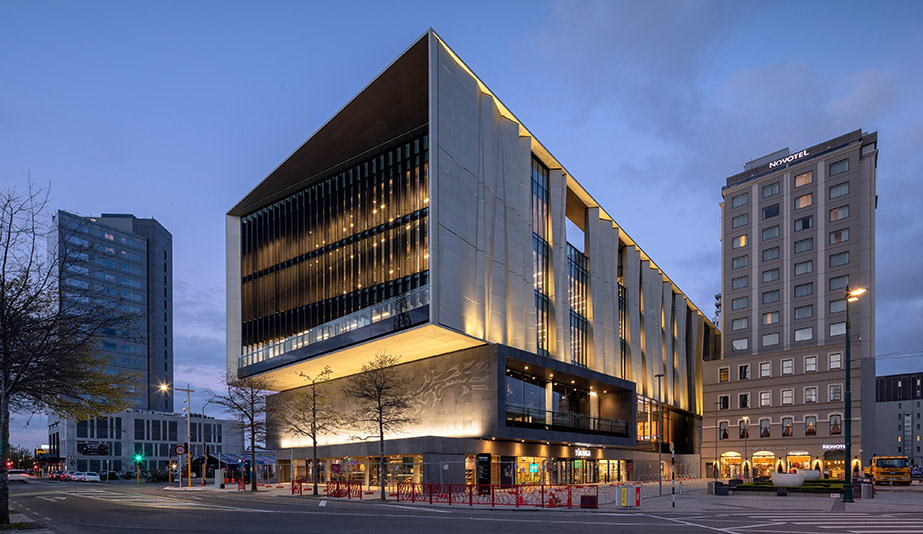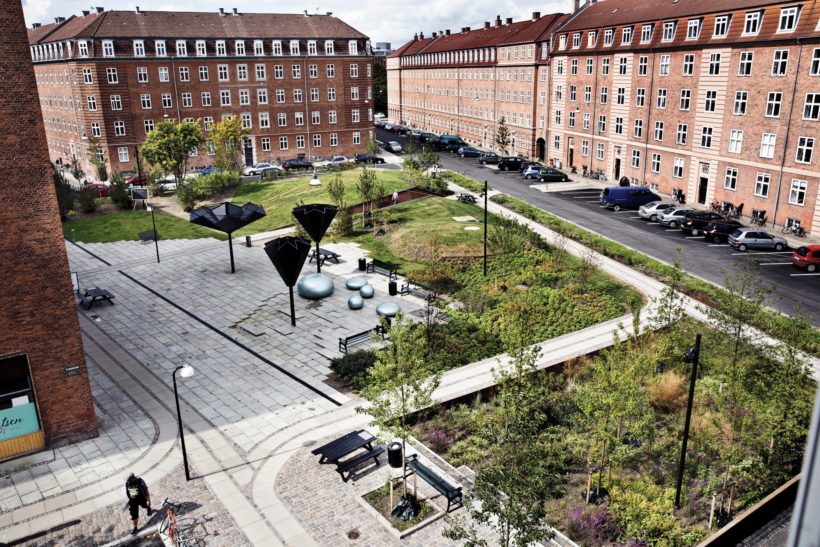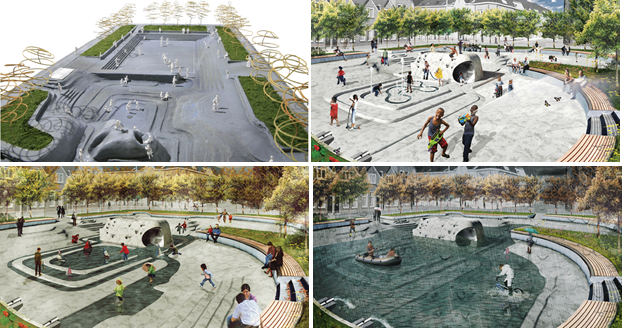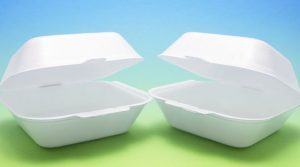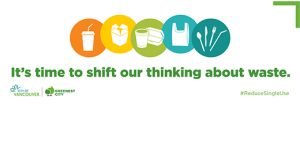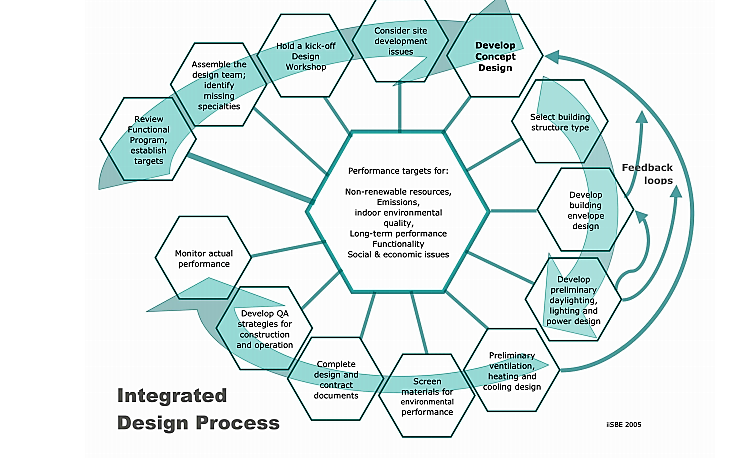The Netherlands is a small country in Europe with a population around 17 million. As a country with limited raw materials they have grown to understand the importance of recycling and limiting their resource consumption. Since implementing their Circular Economy Plan in 2016, they have set up two important target dates. The country wants to reduce consumption of raw materials such as oil, metals, and minerals by as much as 50% by 2030. The other target is to develop a completely circular economy by 2050 (MIE, 2016). A circular economy attempts to close material loops and prevent discarded waste from entering landfills by implementing better designs, better maintenance, recycling, reusing, or refurbishing practices.
The construction sector is a major source of waste. Profit-driven motives allow for constant building taking place throughout the world without any regard to the waste generated. The building and demolition process produces an immense amount of waste. In the US, it is projected that 40% of landfill input comes from construction waste totaling 251 million tons a year (Hower, 2013). In the Netherlands, while the total volume does not compare to the US, the construction sector is similar in its relative consumption of materials. The construction industry accounts for 50% of the raw materials used, 40% of the energy used, and 30% of the water consumption (MIE, 2016). These are staggering numbers that can hopefully be reduced considerably by the implementation of the Netherlands’s Circular Economy Plan.
The Netherlands has put in place several initiatives to make the construction of buildings energy neutral by 2050. The goal is to incorporate the loss of energy and materials utilized in the construction of the building to be minimized by the long term viability of the building design. New buildings will utilize the ecosystem services wherever they can. Ecosystem services provide benefits through the natural environment. One ecosystem service that is easy to provide in the Netherlands is water storage as they receive a large amount of rainfall every year. Through the use of on-site water storage, the building can provide much more water over the course of the building’s life than was used in the construction.

Figure 1 – Circular Economy in the Construction Sector (MIE, 2016)
Demolition waste is easily reused in other construction projects in the Netherlands. 85% of demolition waste is ground up into granulate and used as foundation base on other projects. It is key to have a solid, well-compacted foundation in the Netherlands as most of the country lies below sea level with somewhat saturated soils. Figure 1 shows how the demolition waste is recycled. “Soil & Civil Engineering” is the granulate used for foundation at other construction sites. The same can be said for road projects in the Netherlands. Roads after one life cycle can be reusable for new roads and then are processed and used as road base after more than one life cycle.
The Circular Economy Plan also must provide plenty of incentives for companies to develop further technologies that can be implemented to drive sustainable practices in the construction sector. The Netherlands has set up a system called “Green Deals.” These deals encourage both private and public companies to come up with solutions to close the material loops while also stimulating economic growth (Government of the Netherlands). “Green Deals” have already been established in the innovative use of bio-based construction materials. Other “Green Deals” established have been based on implementing natural solutions to building climate control and energy efficiency in building operations.
The Netherlands has been proactive on their approach to adapting a circular economy. One of the most important aspects of their plan is the continued efforts to reach out and communicate with other countries to assess what works and what doesn’t in terms of sustainable practices. The Ministry of Infrastructure and the Environment has organized teams from various sectors to come together and collaborate on innovative initiatives to achieve the most sustainable practices in the construction sector. The government has taken an active role in monitoring the progress and implementation of construction sustainability practices (MIE, 2016).
The Netherlands implementation of their Circular Economy Plan outlines detailed plans for not only the construction waste but also plastics, food waste, consumer goods, and manufacturing waste . All of these areas, if properly planned out, can greatly reduce the countries dependence on acquiring more raw materials in the future. The Netherlands can become more self-sufficient and in turn be a more sustainable society in the future. Their initiatives outlined in their Circular Economy Plan may set the precedent for other countries moving forward as the importance of a sustainable and self-sufficient society are realized.
Source:
Government of the Netherlands. Green Deal. Netherlands Government. Retrieved December 17, 2018, from https://www.greendeals.nl/english
Hower, Mike. (2013). PlanetReuse: Redirecting Building Waste from Landfill to LEED Projects. Sustainable Brands. Retrieved December 17, 2018, from https://www.sustainablebrands.com/news_and_views/waste_not/planetreuse-redirecting-building-waste-landfill-leed-projects
The Ministry of Infrastructure and the Environment (MIE). (2016). A Circular Economy in the Netherlands by 2050. Netherlands Government. Retrieved December 17, 2018, from https://www.government.nl/documents/policy-notes/2016/09/14/a-circular-economy-in-the-netherlands-by-2050

